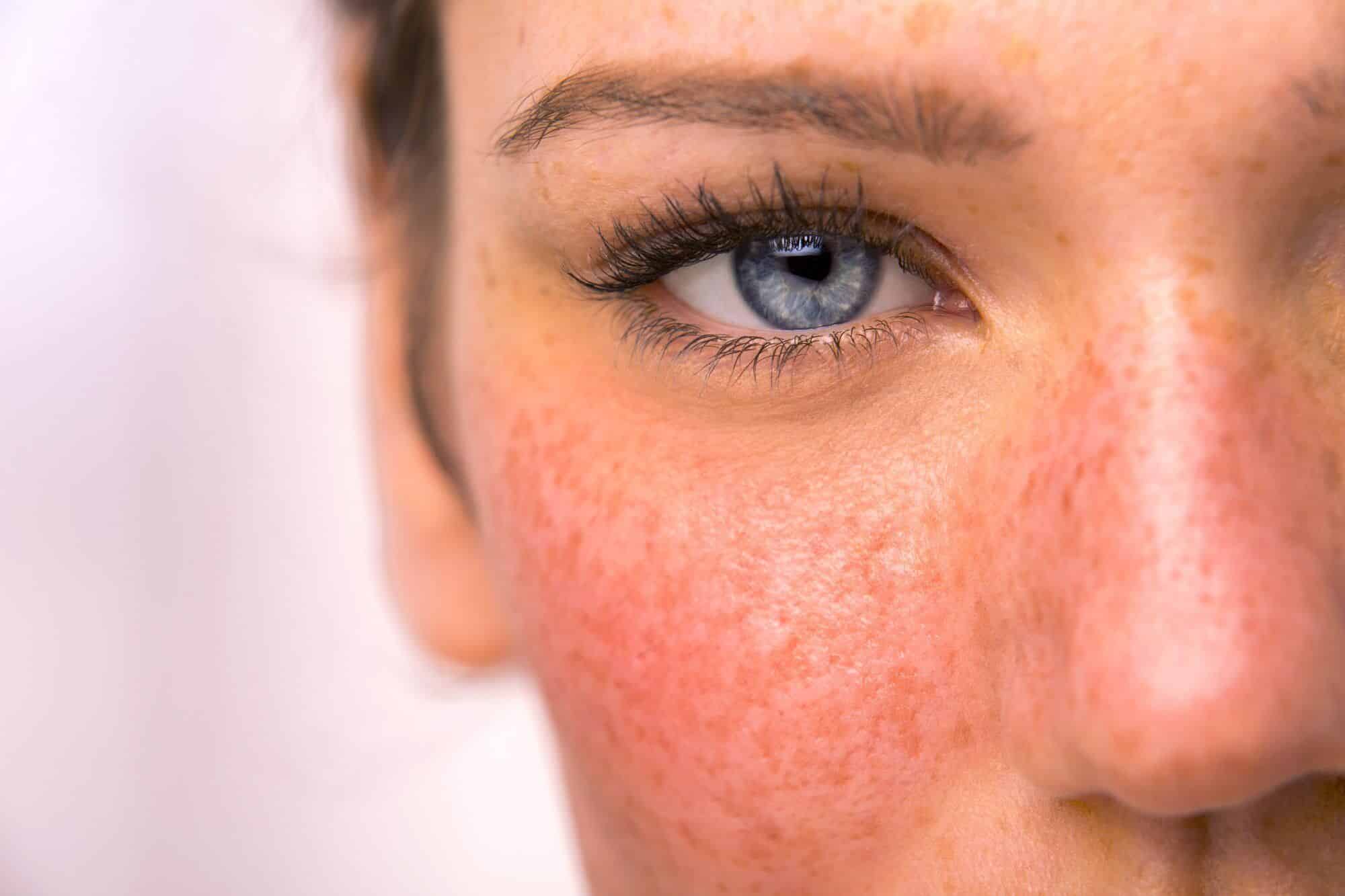May is Skin Cancer Awareness Month, a time dedicated to raising awareness about the most…

How to Deal with Your Skin in the Fall and Winter: Tips for Staying Hydrated and Healthy
As we transition from the warm, humid days of summer to the cooler, drier months of fall and winter, your skin often goes through changes. You may start to notice your skin feeling dry, tight, or even flaky as the temperature drops and the air becomes less humid. These seasonal shifts can disrupt your skin’s moisture balance, leaving it uncomfortable and in need of extra care.
At Pinnacle Dermatology, we understand how important it is to adapt your skincare routine as the weather changes. In this blog, we’ll share practical tips and insights to help you keep your skin hydrated, healthy, and glowing all season long.
Why Does Skin Get Dry in Fall and Winter?
In the cooler months, several factors can contribute to dry, irritated skin. One of the main culprits is the drop in humidity. Cold air holds less moisture than warm air, which can cause your skin to lose hydration more quickly. Additionally, indoor heating systems, while necessary for staying warm, can further dry out the air and strip your skin of its natural oils.
Other factors include:
- Hot showers: While a hot shower might feel great when it’s cold outside, it can actually dehydrate your skin by breaking down its natural protective barrier.
- Wind exposure: The harsh winds of fall and winter can lead to moisture loss and irritation, especially on exposed areas like your face and hands.
- Thicker clothing: Heavier, non-breathable fabrics like wool can sometimes irritate sensitive skin or exacerbate conditions like eczema.
How to Protect and Care for Your Skin in the Cooler Months
Transitioning your skincare routine as the seasons change is essential for maintaining healthy skin. Here are some dermatologist-approved tips to help keep your skin hydrated and comfortable during fall and winter:
1. Switch to a Hydrating Cleanser
As the air becomes drier, you’ll want to avoid harsh, foaming cleansers that can strip away your skin’s natural oils. Instead, opt for a gentle, hydrating cleanser that will cleanse your skin without compromising its moisture barrier. Look for ingredients like glycerin or ceramides, which help lock in hydration.
2. Upgrade Your Moisturizer
During the colder months, it’s essential to switch to a richer, more emollient moisturizer. Lightweight lotions might not provide enough hydration, so consider using a cream or ointment that forms a protective barrier on your skin to lock in moisture. Ingredients like hyaluronic acid, shea butter, and squalane are great for replenishing lost moisture.
3. Use a Humidifier
Combat dry indoor air by using a humidifier in your home, especially in your bedroom while you sleep. A humidifier adds moisture back into the air, helping to prevent your skin from drying out overnight.
4. Avoid Hot Showers and Baths
Although it’s tempting to take long, hot showers during the colder months, the heat can strip your skin of its natural oils, leading to further dryness. Opt for lukewarm water instead, and try to limit your shower time to 10-15 minutes. After showering, pat your skin dry (don’t rub!) and immediately apply moisturizer to lock in the moisture.
5. Don’t Skip Sunscreen
Sunscreen isn’t just for summer! The sun’s UV rays can still damage your skin in the fall and winter, even on cloudy days. Make sure to apply broad-spectrum sunscreen with at least SPF 30 to any exposed areas of skin before heading outside.
6. Exfoliate Gently
While it’s important to remove dead skin cells that can build up during the drier months, be mindful not to over-exfoliate. Too much exfoliation can irritate and further dry out your skin. Stick to gentle exfoliants and use them no more than once or twice a week to maintain a smooth complexion.
7. Hydrate from Within
Keeping your skin hydrated isn’t just about what you put on it—it’s also about what you put in your body. Drink plenty of water throughout the day to support your skin’s natural hydration from the inside out. Incorporating water-rich foods, like fruits and vegetables, can also help.
Common Skin Conditions to Watch for in Fall and Winter
As the weather changes, certain skin conditions can become more prevalent. Keep an eye out for:
- Dry, flaky skin: A common symptom of seasonal dryness, often affecting the face, hands, and legs.
- Eczema flare-ups: The dry, cold air can trigger eczema flare-ups, leading to red, itchy, and inflamed patches of skin.
- Chapped lips: Windy, cold weather can cause lips to become dry, cracked, and painful.
- Rosacea: Cold weather and temperature changes can aggravate rosacea, causing redness and irritation.
If you experience any of these conditions or notice other changes in your skin, it’s important to consult with a dermatologist for the best course of action.
Why Choose Pinnacle Dermatology?
At Pinnacle Dermatology, we understand how challenging it can be to manage dry, irritated skin during the colder months. Our expert team is here to help you create a personalized skincare plan to keep your skin looking and feeling its best all year long.
Get Ready for Glowing Skin This Fall and Winter!
Don’t let the cooler weather take a toll on your skin. Schedule a consultation with our experienced dermatologists today, and let us help you achieve healthy, hydrated skin through fall and winter. Contact us at (843) 524-5550 or visit our website to book your appointment.



